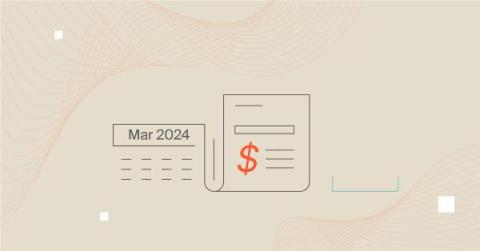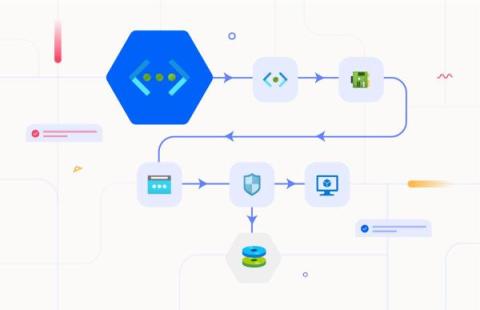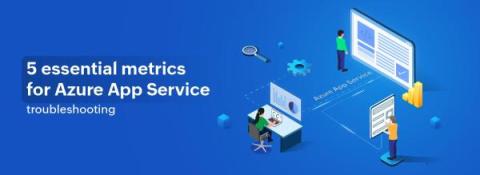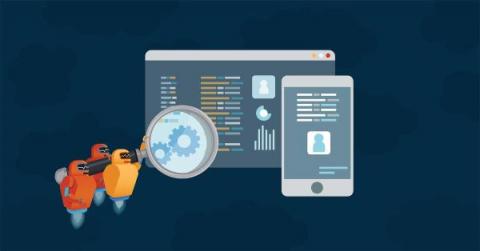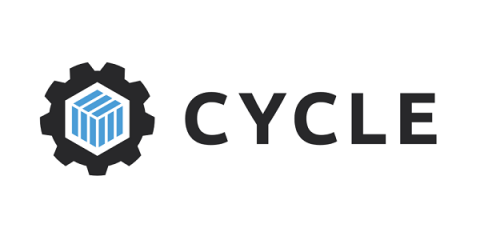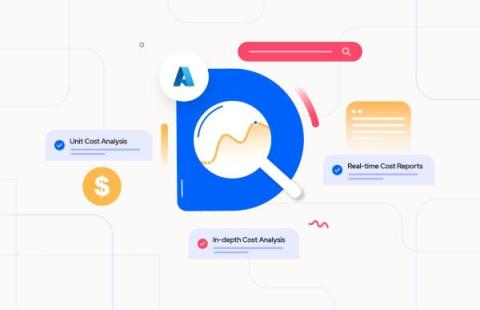The Top Cloud Cost News From March 2024
If you’ve recently migrated your data from one major cloud provider to another, you may have already noticed one of our top stories from last month. If not, we’ve got good news, so keep reading! And there’s even better news if you’re the type to get excited over the chance to learn more about FinOps and hone your craft.


